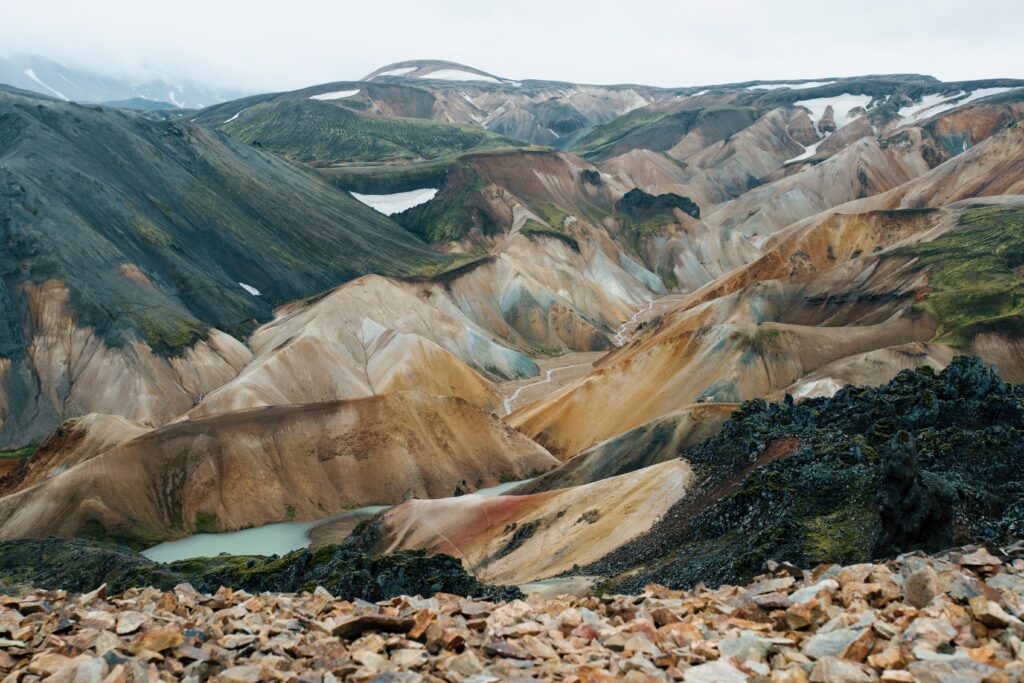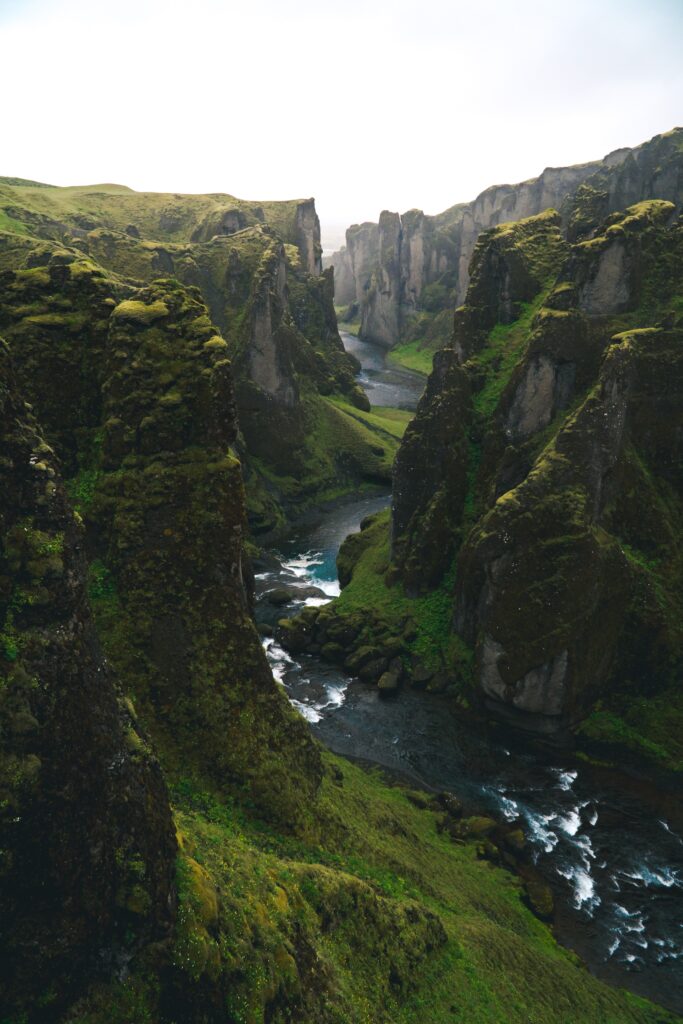A small island far in the North Atlantic, about halfway between Europe and America, was once a forgotten place where for centuries a small number of descendants of brave Vikings lived in close contact with nature, with its kind and harsh character, it’s Iceland.
Today, when lovers of pure untouched nature are forced to go further and further to find it, the “Land of Ice.” As the name translates, has become a great place for those who’re looking for adventure and relaxation in the landscape straight from the “Lord of the Rings.”

The views here are not like those in Europe. Mountains, volcanoes, glaciers, turbulent rivers, and clear streams with thousands of waterfalls, lava fields, an abundance of hot springs, and geysers – all of this create such a uniquely colorful landscape that upon returning home it seems that the vacation was just a fabulous dream. Travelers often say that Iceland may be a bit like New Zealand, but for most, it is a little out of reach and beyond the financial capabilities of vacationers.
The first tourists
Even today, of the entire territory of Iceland, only coastal areas are mainly inhabited, which are characterized by a milder climate and are most favorable for agriculture. The interior of Iceland has always been a ghostly place for locals, few people have dared to go there. Only shepherds have ever tried to cross the vast expanses of lava fields, where there is almost no vegetation in summer, driving their cattle through passages between glaciers and stormy rivers, knowing that even in summer a snowstorm can break out.

Not everyone who went on a trip returned, many of them were never seen again. Then the robbers appeared, who was sentenced to exile for their crimes and had to hide in an inhospitable outback. Such punishment is almost always equivalent to the death penalty. Doesn’t it seem strange to you that Iceland is now called a paradise for hikers? Don’t let prejudice fool you.
Weather
Yes, the weather in Iceland is unpredictable, even in summer it can rain non-stop for two weeks and a strong cold wind blows, just as it can be sunny for two weeks without a drop of rain, and the temperature will resemble the Italian Riviera. However, most likely you will experience all of these things together, even within one day. On the other hand, isn’t it amazing that a day in summer lasts almost 24 hours, so in the dark, you definitely won’t get lost anywhere and can walk as much as you want?
Gifts of nature
All the water in Iceland is drinkable, not only the water that flows from the tap, but also numerous rivers, streams, lakes, and waterfalls. Admittedly, glacial rivers are very cold.
Even a hiker will not have to neglect hygiene, he can swim in a warm stream or pool. It’s great to bask in a warm lake when it snows while looking at a glacier or watching the Northern Lights in the summer season. In addition, perhaps, in every slightly larger settlement, you can visit a public heated swimming pool, in which, in addition to the sauna, there are small “hot barrels,” often with hydro massage.
At a very affordable price, the duration of stay is limited only by the opening hours. So why pay the same amount for five minutes of a hot shower at the campsite? Some springs are too hot for bathing, but you can heat or cook food in them. With hot water of “natural origin,” you save fuel for your stove.




There are no dangerous animals in Iceland, neither snakes nor large predators, except for a polar bear, which from time to time sails to the island on an ice floe and is promptly dispersed by local farmers. Nets sold at every local gas station protect from flies on the famous Lake Mivatn. But flies bother only when there is no wind, and this does not happen so often here. There aren’t many countries where you can stretch out on the grass or soft moss without ants crawling over you.
You can diversify your kitchen in nature with mushrooms that no one collects, and replenish the supply of vitamins in the form of blueberries, cranberries, hawthorn, or lingonberries.
Transport
In summer, buses run regularly along the two mountain roads connecting the southern and northern parts of the island (Kjelur and Sprengisandur). However, the rates are not the cheapest. A credit card in Iceland is usually used to pay for everything except a shower at campsites and coffee from a vending machine.

An alternative is hitchhiking, which is reliable, but outside of populated areas you will be lucky if at least one car passes by and it will not be fully loaded.
Camping
Here the tourist feels real freedom. You can walk wherever you want, and set up camp in the wild, with some exceptions. No one will take away an abandoned tent from you, unless, in case of rain, a passerby will hide your things in a shelter. Of course, there are official campsites with sanitary facilities, but they are paid. In some areas, you can use more or less equipped mountain huts, where accommodation is inexpensive.

For freedom seekers and adventurers
Those who are used to hiking in more difficult conditions and long to move freely in nature will find the Icelandic hinterland a paradise. To do this, you need a really good tent, decent hiking boots, equipment for rain and wind, ideally a map. If you do not decide yet, you can go on a trip to Iceland with a tour operator. Do not forget a swimsuit, a camera, or a video camera, as well as a supply of batteries and memory cards. Iceland won’t disappoint, you’ll want to come back next time.











Paisajes muy bellos. Gracias!